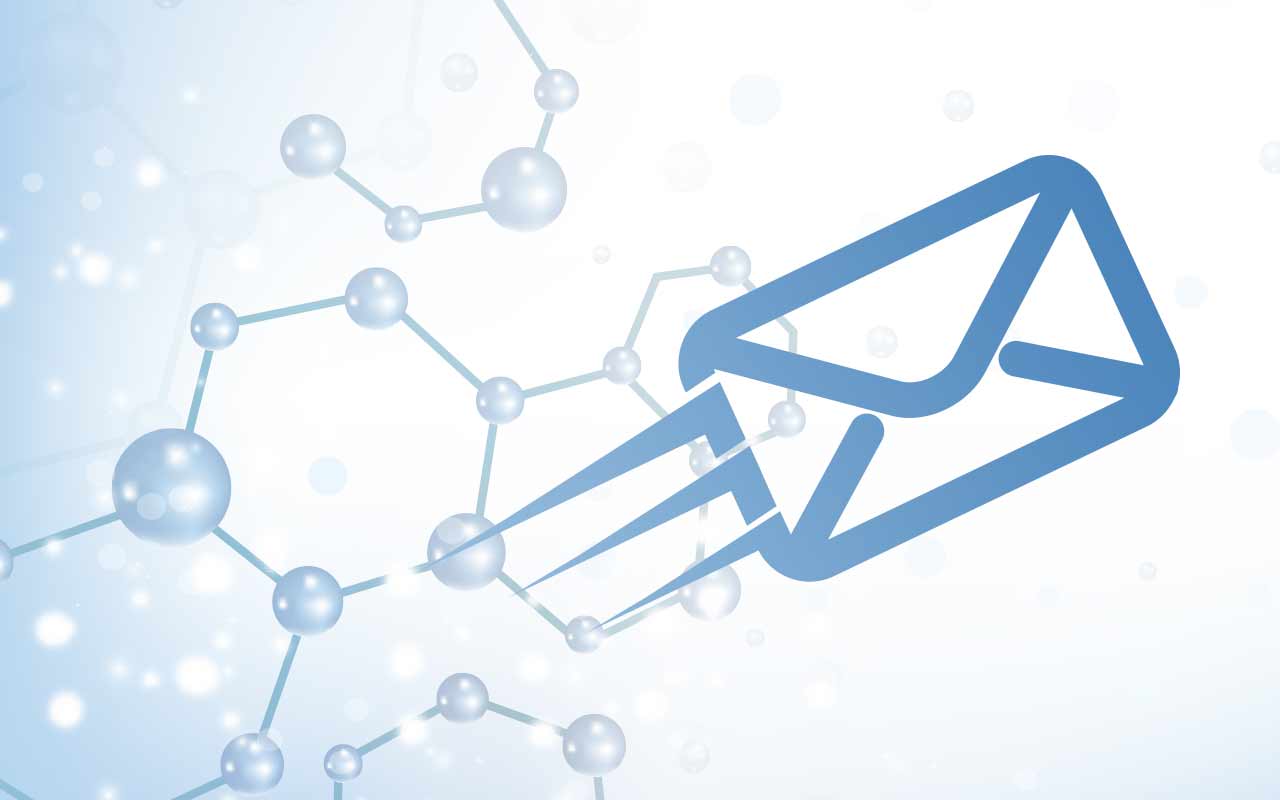Now that we’ve talked about the worst practices in email marketing, let’s go over some of the best.
Have a plan
The first step to email marketing is to create a plan. What are you trying to accomplish with your newsletter?
- Start with your audience. Identify your subscribers. Are they previous customers? Future prospects? General interest? Establish who they are, and why they subscribed to your newsletter.
- Build your content around your subscribers. Think about what your subscribers are interested in. Focus on brief, compelling, and useful content.
- Make a publishing schedule. Your publishing frequency will depend on your subscribers and your content. At minimum, send one newsletter a month.
- Establish goals. Goals give you something to strive for in your newsletter efforts, and help you keep track of progress over time.
Content is king
How do you determine which content to include? Focus on your subscribers’ interests.
- Make it useful. The reader comes first. Think about their needs.
- Reward your subscribers. Offer them exclusive deals and first access to information. They are giving you the privilege to market directly to their inbox, so treat them well.
- Keep it interesting. Keep your readers engaged. Show personality!
- Keep it short. Your subscribers receive lots of email every day. Make your content easy to scan quickly.
- Subject lines should be simple. A good subject line doesn’t sell what’s inside, it tells what’s inside.
- Include social sharing links. Emails that include social sharing buttons have a 158% higher click-through rate (Source: GetResponse), and they get your content out to more people.
Design and coding
Whether you’re choosing a pre-made email template or building from scratch, you want a design that is clean, simple, and responsive. As of January 2015, 53% of emails are opened on mobile devices. (Source: litmus) Not only does your newsletter need to look good at every resolution, it has to be engaging yet succinct enough to capture an on-the-go user’s attention.
It’s also important to keep an eye on the code, or choose a template you trust. Clean code is more likely to look good on various devices and through different email clients. Cluttered code, on the other hand, is more likely to be flagged as spam and never reach your customers at all.
Monitor performance
Reporting tools come standard with most email marketing services. With these tools, you can look at your newsletter’s open rate, click rate, unsubscribe rate, bounce rate, and more. Use this data to further improve your newsletter. Find what type of content creates the most engagement, or the most conversions. Conversely, what content hasn’t worked, and what can you do to change it?

Some email marketing services (such as MailChimp – our favorite) come with tools for performing A/B testing. Using the data you gather through reporting, experiment by sending two slightly different versions of the same newsletter. Get conclusive results on which is better, and continue to improve your newsletter.
Hopefully we’ve shed some light on email marketing campaigns. If you’re looking for help creating an email marketing plan, a stylish new template, or have any other questions, send us a message! And don’t forget to sign up for our newsletter.



Awesome advice which makes absolute sense!